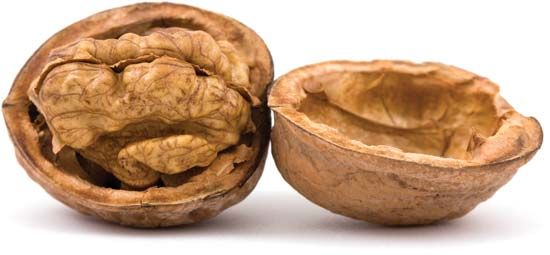English walnut
Our editors will review what you’ve submitted and determine whether to revise the article.
- Also called:
- Persian walnut
English walnut, (Juglans regia), valuable nut and timber tree of the family Juglandaceae, native to Iran. The English walnut is cultivated extensively for its fine-quality edible seeds, sold commercially as walnuts. The dark fine-grained wood, similar to that of black walnut (Juglans nigra), is used for furniture, paneling, and gunstocks.
English walnut trees have long compound leaves. The round-tipped leaflets have smooth margins, and the terminal leaflet is the largest. The petal-less male and female flowers are borne in different catkins (flower clusters) on the same tree. The fruit is a drupe and is not a true nut. The edible seed is borne within a woody pit enclosed in a thick husk. The English walnut produces fine-quality “nuts” only on fertile well-drained soils of medium-heavy texture.






















